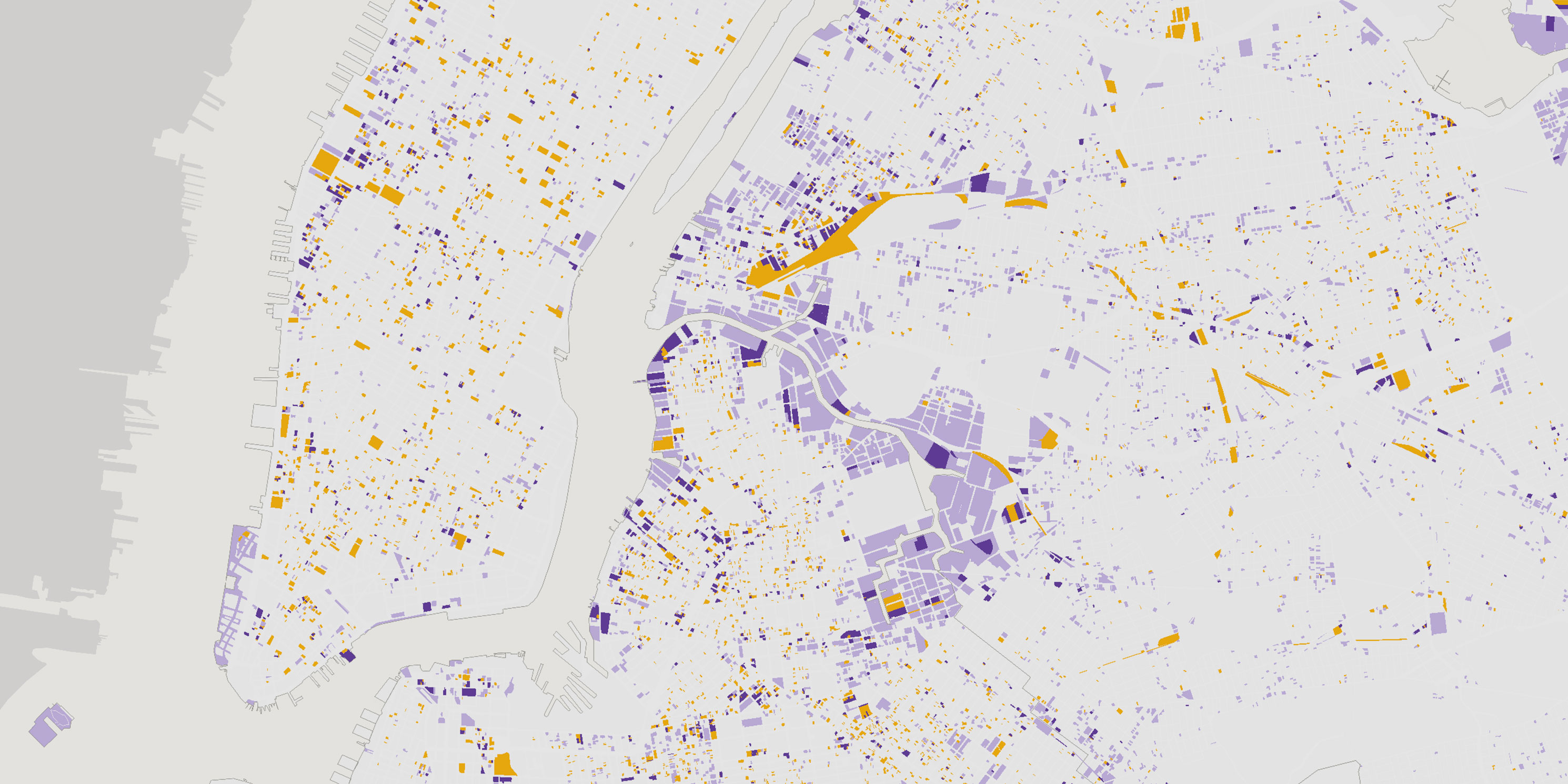MAS Comments on City of Yes For Housing Opportunity
With Modifications, City of Yes heads to Full City Council Vote
Last week, after extended negotiations, the City Council Subcommittee on Zoning and Franchises and the Committee on Land Use voted to pass a modified City of Yes for Housing Opportunity (COYHO) proposal. In the end, it was the commitment of $5 billion in investments in affordable housing, infrastructure, and housing agency capacity as part of the Council’s City for All housing plan that sealed the deal. The full Council is poised to vote on the modified proposal on December 5th.
The proposal to remove parking mandates proved to be the most contentious issue with COYHO. Instead of eliminating parking mandates citywide, as MAS and others advocated for, the modified plan creates three zones, with parking mandates remaining in place for low-density residential neighborhoods in all boroughs. A key exception is that accessory dwelling units, residential conversions, transit-oriented development, and town center development in all areas will be exempt from parking mandates. Due to the modifications, estimates for housing production over the next 15 years under COYHO have been reduced from 109,000 to 80,000.
Download Testimony
MAS commends the City Council for its City for All package, which will supplement the zoning changes with investments in deeply affordable housing development and preservation, including for Mitchell-Lama projects, NYCHA properties, and Housing Development Fund Corporations.
Equally significant is the $2 billion investment in Department of Environmental Protection infrastructure to address flooding and sewer issues, stormwater management, streetscape improvements, and new open space and parks, all of which MAS has advocated for in recent neighborhood rezonings and our comprehensive planning initiative. We are also pleased that the proposal promises to add 200 new staff for the Department of Housing Preservation and Development to support a variety of development projects, planning, and enforcement of HPD and DOB regulations.
MAS has maintained that the City of Yes for Housing Opportunity zoning text proposal lacked sufficient incentives to foster affordable housing, especially in low-density districts. The Council’s modification that allows property owners of buildings of over 50 dwelling units to take full advantage of transit-oriented development and town center zoning if 20 percent of residential units are set aside as permanently affordable is a substantial improvement.
MAS also applauds the Council’s change to require a special permit for developments that receive a transfer of development rights (TDRs) from a landmark building. This ensures that expansions that increase building height by more than 25 percent using landmark TDRs will be subject to public review. Similarly, we support the change requiring campus infill development to be contextual with existing building heights and prohibiting the use of playgrounds and recreational open space for housing development unless they are replaced in kind.
With the additional incentives for developers to build more affordable housing beyond those already committed to under the modified plan and investments to support City of All, COYHO may lay the foundation that helps the city meet the goals of balanced and equitable growth.
Previous testimony on City of Yes For Housing Opportunity


